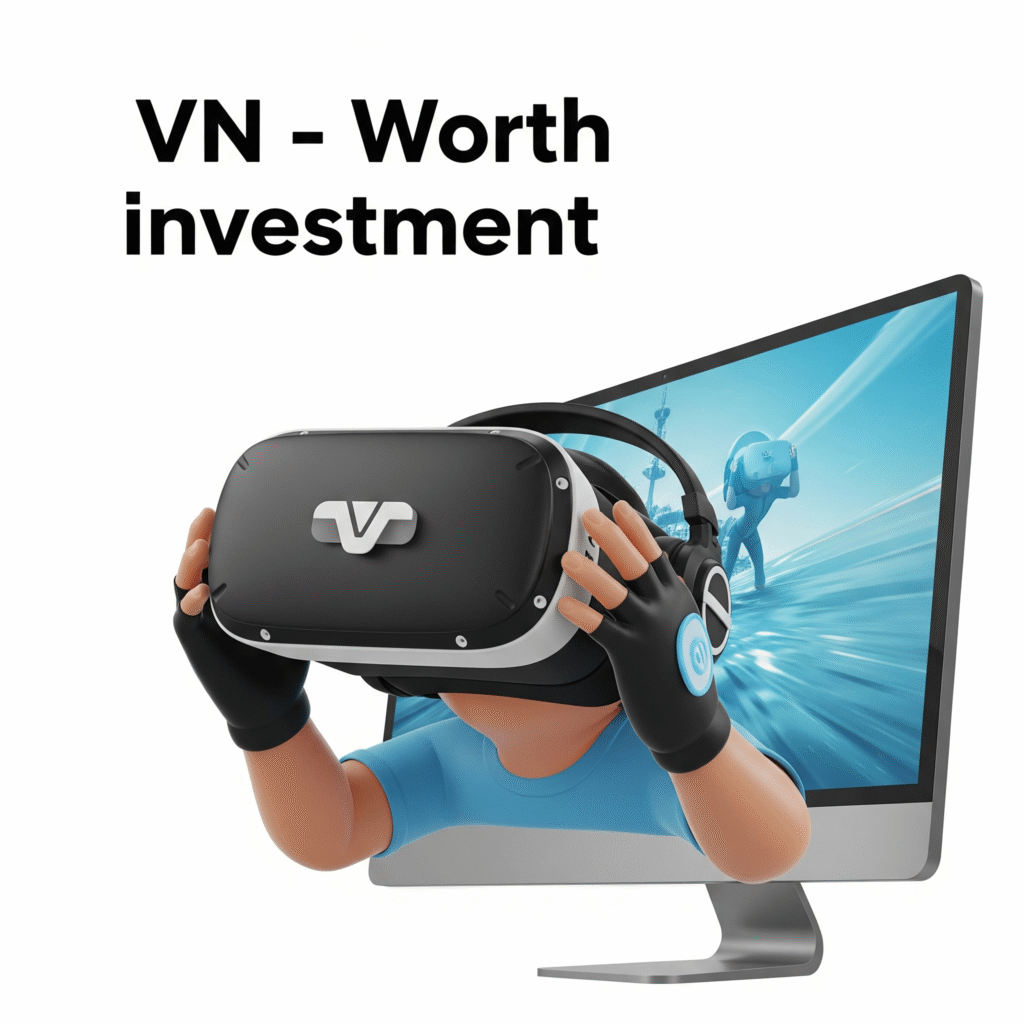A Comprehensive Industry Analysis
Virtual Reality (VR) gaming has evolved dramatically over the past decade, and 2025 marks a pivotal year for this immersive technology. With rapid advancements in VR hardware, software, and user experience, the question arises: Is VR gaming in 2025 worth the hype? This detailed analysis explores the latest innovations, market trends, and user adoption rates to provide a clear perspective on VR’s place in the gaming industry today.
Cutting-Edge VR Technology in 2025: Revolutionizing Immersive Gaming
Next-Generation Standalone VR Headsets Enhance Accessibility and Performance
One of the most significant drivers of VR gaming’s growth in 2025 is the availability of next-generation standalone VR headsets such as the Meta Quest 3 and Meta Quest 3S. These devices offer ultra-high-resolution displays, expansive fields of view, and advanced inside-out tracking without the need for external sensors or powerful gaming PCs. This leap in hardware technology has made VR gaming more accessible, affordable, and user-friendly, attracting a broader audience beyond early adopters and enthusiasts.
Full-Body Tracking and Advanced Haptics Deliver Unparalleled Immersion
The integration of full-body tracking systems and state-of-the-art haptic feedback suits has transformed VR gaming from a visual and auditory experience into a fully immersive sensory environment. Technologies like Sony’s mocopi VR system and bHaptics’ latest haptic gear enable players to feel realistic tactile sensations and natural body movements, significantly enhancing immersion in genres such as action, fitness, and simulation games. This heightened sensory feedback is crucial for delivering truly engaging VR gameplay in 2025.
Artificial Intelligence and Procedural Content Generation: Creating Dynamic VR Worlds
Artificial intelligence (AI) plays an increasingly vital role in VR game development. AI-driven non-player characters (NPCs) now exhibit more realistic and adaptive behaviors, responding dynamically to player actions. Additionally, procedural content generation ensures that each gaming session offers unique environments and challenges, increasing replayability. Real-time AI balancing further refines difficulty levels, offering personalized and immersive experiences tailored to individual player skill sets.
Cross-Platform Multiplayer and Social VR: Building Connected Gaming Communities
In 2025, cross-platform multiplayer VR gaming has become a standard feature, enabling players on different VR systems—and even traditional gaming devices—to interact seamlessly. Popular titles like Among Us VR and War Thunder exemplify this trend, fostering larger, more diverse player communities. Furthermore, social VR platforms are increasingly integrated into gaming, merging entertainment with social interaction and laying the groundwork for the broader metaverse ecosystem.

VR Gaming Market Growth and Economic Outlook in 2025
The VR gaming industry is experiencing unprecedented growth. Market research forecasts the global VR gaming market to reach approximately $42.5 billion by 2025, up from $7.7 billion in 2019, reflecting a compound annual growth rate (CAGR) of around 32.75%. The number of active users engaging with AR and VR games worldwide is projected to surpass 216 million by 2025, underscoring the technology’s mainstream adoption.
Despite this optimistic outlook, challenges remain. Financial instability among some VR development studios and a shortage of original VR-first titles—as opposed to adaptations of traditional games—pose hurdles to sustained growth. However, ongoing investments and innovation continue to drive the industry forward.
Leading VR Game Releases of 2025: Innovation Meets Nostalgia
The year 2025 has seen a diverse range of VR game releases that blend innovation with nostalgic appeal:
- Cold VR reimagines the acclaimed Superhot gameplay with continuous motion mechanics and cinematic storytelling, though it has received mixed reviews regarding level design consistency. https://store.steampowered.com/app/2636890/COLD_VR/
- Alien Rogue Incursion delivers immersive combat and exploration experiences optimized for standalone VR platforms, demonstrating the potential for high-quality VR gaming without tethered setups. https://store.steampowered.com/app/1850050/Alien_Rogue_Incursion_VR/
- Titles such as Aim Assault and Harpa Gun integrate classic arcade-style gameplay with VR-specific mechanics, illustrating how VR continues to innovate while honoring gaming traditions. https://store.steampowered.com/app/3209980/Harpagun/https://store.steampowered.com/app/3047310/Aim_Assault/
Is VR Gaming in 2025 Worth the Investment?

In synopsis, the advancements in standalone VR hardware, immersive full-body tracking and haptics, AI-driven dynamic gameplay, and expanding social multiplayer ecosystems collectively elevate VR gaming to a new level of sophistication in 2025. These developments have made VR gaming more accessible, engaging, and socially connected than ever before.
While challenges such as market volatility and content originality persist, the overall trajectory of VR gaming strongly supports the assertion that it is indeed worth the hype. VR in 2025 is no longer a niche or experimental medium but a maturing platform poised to become a cornerstone of interactive entertainment and digital socialization.
Keywords:
VR gaming 2025, Virtual reality gaming trends, Best VR headsets 2025, Standalone VR devices, VR full-body tracking, Haptic feedback VR technology, AI in VR gaming, Cross-platform VR multiplayer, VR gaming market growth, Immersive VR games 2025, Social VR platforms, Metaverse gaming experiences









